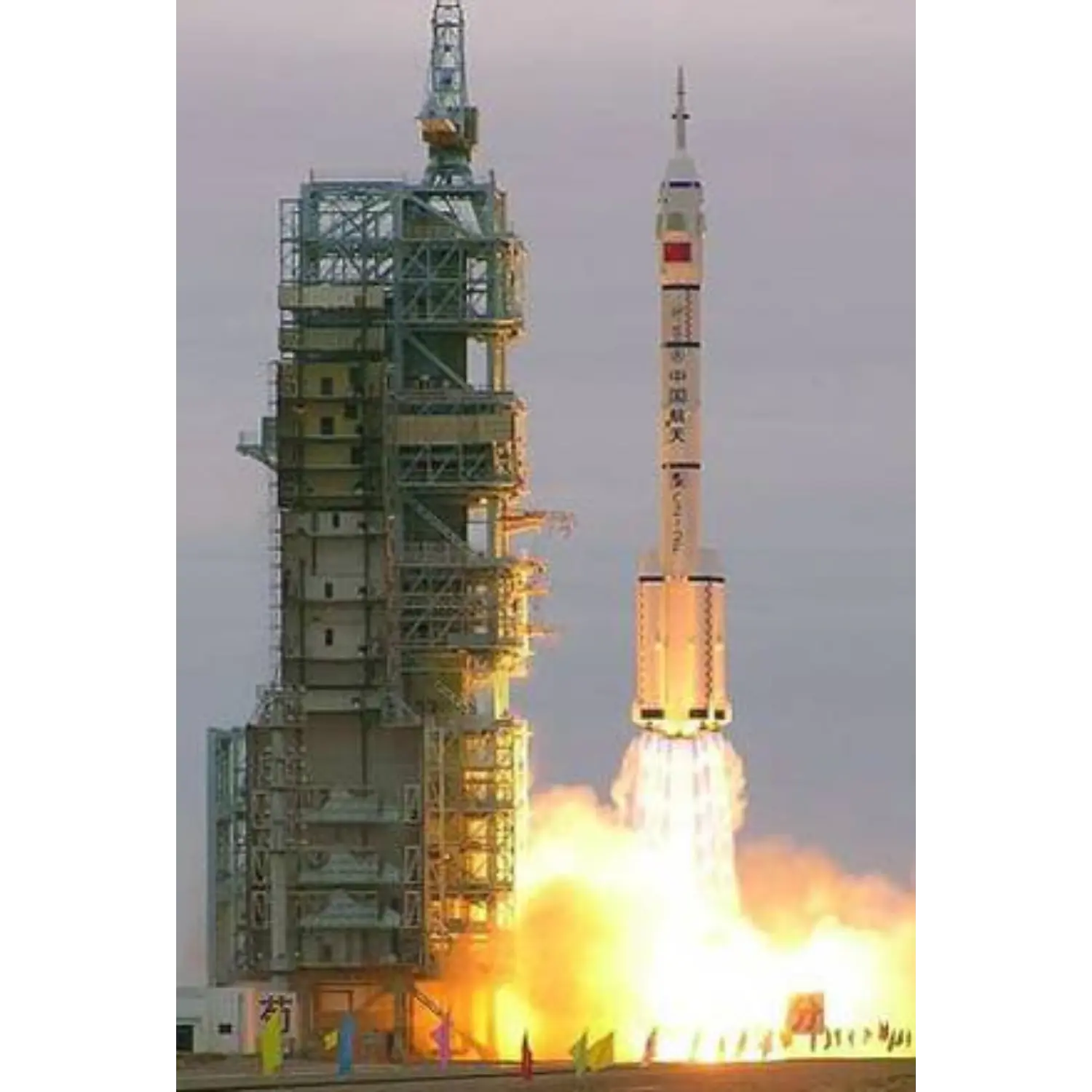/
Shenzhou 2
Launch Success
Liftoff Time (GMT)
17:00:03
Tuesday January 9, 2001
Mission Details
Launch Notes
First Chinese animals in orbit.
Shenzhou 2
Shenzhou 2 (Chinese: 神舟二号) launched on January 9, 2001, was the second unmanned launch of the Shenzhou spacecraft. Inside the reentry capsule were a monkey, a dog, and a rabbit in a test of the spaceship's life support systems. The reentry module separated from the rest of the spacecraft after just over seven days in orbit, with the orbital module staying in orbit for another 220 days. In addition to the animal cargo, there were 64 different scientific payloads. 15 were carried in the reentry module, 12 in the orbital module, and 37 on the forward external pallet. These included a microgravity crystallography experiment; animal species including six mice, and small aquatic and terrestrial organisms; cosmic ray and particle detectors and gamma-ray burst detectors. To test the radio transmitting systems taped messages were broadcast from the spacecraft. The signal for retrofire was sent at about 10:15 UTC on January 16 as the spacecraft passed over the South Atlantic Ocean off the coast of South Africa. It landed in Inner Mongolia at 11:22 UTC. No photos were released of the landing capsule leading to some speculation that the reentry was not completely successful, though this was denied by Chinese officials. The Swedish Space Center news site reported that an unnamed source said one of the connections from the capsule to the single parachute failed leading to a hard landing. Later it was revealed by Yang Liwei that the parachutes failed to open upon re-entry, which resulted in a hard landing. The mission of the orbital module continued until it was commanded to fire its rockets to initiate reentry on August 24. It reentered over the western Pacific Ocean between Easter Island and Chile.
Low Earth Orbit
1 Payload
7,400 kilograms
Rocket


Agency
CASCRocket
Height: 58.34m
Payload to Orbit
LEO: 8,400 kg
GTO: 0 kg
Liftoff Thrust
5,985 Kilonewtons
Fairing
Diameter: 3.6m
Height: 19.11m
Stages
2
Strap-ons
4
Launch Site
Stats
Long March 2F
2nd
Mission
1st
Mission of 2001
2001
1st
Orbital launch attempt